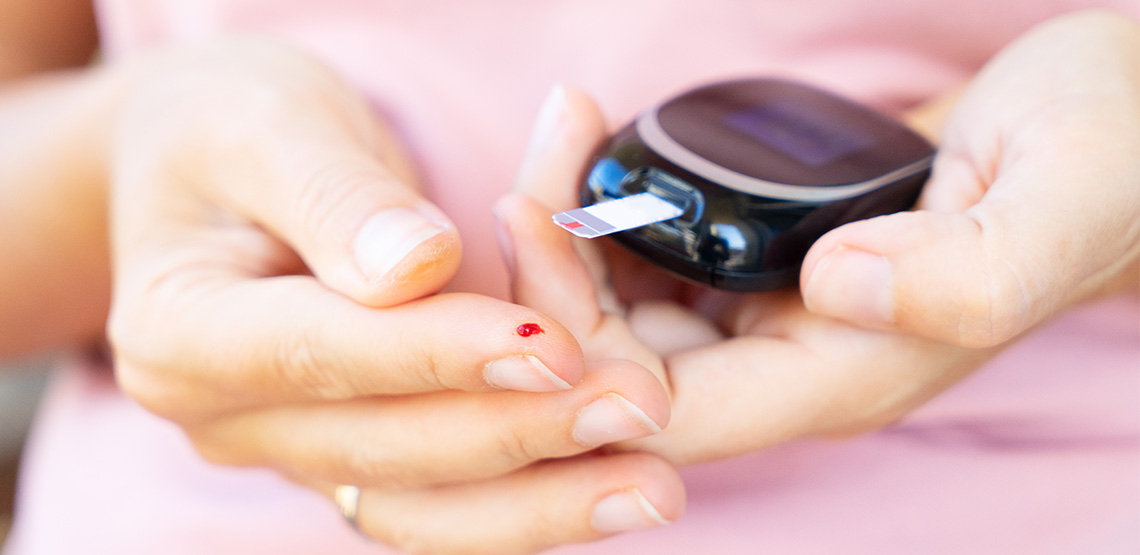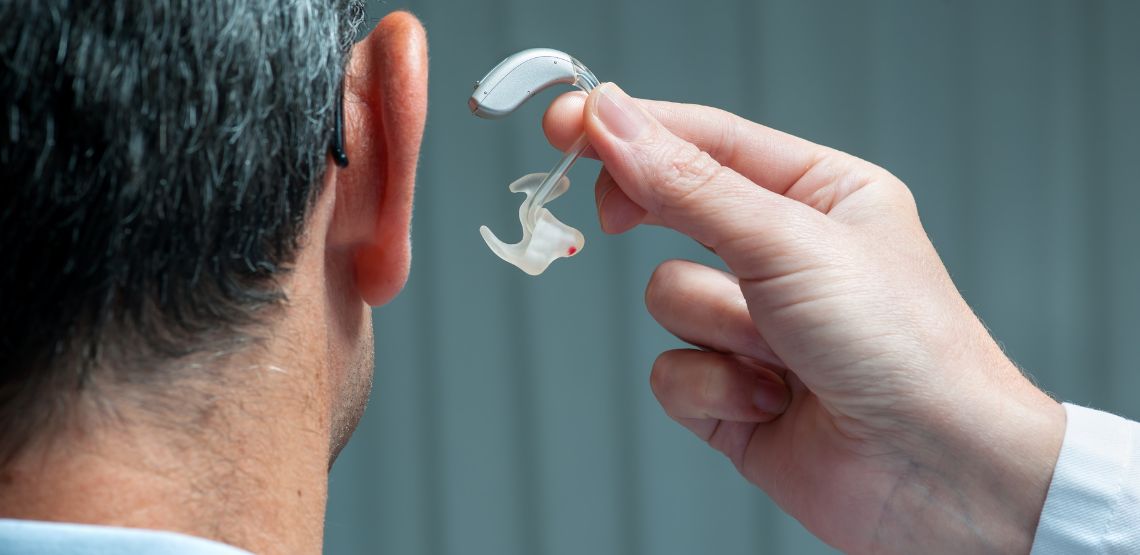Blood Glucose Monitor
One of the functions of your body is to regulate the amount of glucose in your blood. However, those with diabetes may need to monitor their blood sugar with the help of technology. If this is the case, you’ll need a reliable blood glucose monitor to make sure you stay in the target range for your glucose levels and better manage your diabetes.
What Is a Blood Glucose Monitor?
Glucose levels are the amount of sugar in your blood at a given moment. Glucose is a type of sugar that your body uses as a source of energy. Those with diabetes use a portable machine, called a glucose meter or glycemic reader, to measure and display the amount of sugar in the blood. A blood glucose monitor enables you to check your blood sugar at home or on the go.
Why You Should Check Your Blood Glucose Levels
With diabetes, you want to keep your blood glucose level as close to the target range as possible. If it’s too high, you may experience hyperglycemia and if it’s too low, you may experience hypoglycemia. Both carry serious health risks.
Checking your levels helps determine if your blood sugar is too far from target; it indicates how your lifestyle affects your sugar levels, and the information provides you the opportunity to find what affects your blood sugar so you can make lifestyle (diet, exercise, stress levels, etc.) or medication changes.
You will need the results of your blood glucose to determine any daily adjustments in your treatment.
How Does a Blood Glucose Monitor Work?
Exercise, food, medications, stress and other factors affect your blood glucose level and the monitor will sample your blood and provide your current sugar levels. Blood glucose monitors track any fluctuations in your blood glucose level; however, some meters are easier to read or use than others, so do your research before making a purchase.
Your doctor will advise of your specific target range and help you set your glucose goals. Depending on your specific situation, you may need to test several times a day, but your doctor will also advise how often you should test. Some meters enable you to download your blood glucose readings to a computer/mobile device and you can email these results to your doctor for their review.
The Cost of a Blood Glucose Monitor
Blood glucose monitors can be purchased from pharmacies or medical supply companies. Costs vary depending on your needs and the type of blood glucose monitor you are interested in purchasing. Many types of meters are available, each with their own features, options and cost window.
In general, you will pay more for more features. The cost of blood glucose monitors can range from as little as $20 to $100 or more. Some health care providers give the monitors away for free.
Don’t forget the ongoing cost of test strips for the device. The price point on test strips can be $1 or more per strip, so be sure to factor the cost of test strips into your purchase decision.
Related Search Topics (Ads)
Are Blood Glucose Monitors Covered by Insurance?
Blood glucose monitors are covered by Medicare Part B in the United States. Whether private insurance covers blood glucose monitors varies. You'll need to call the member line for your policy; they will be able to tell you before you make the purchase what is covered by your plan.
How to Use a Blood Glucose Monitor
Before you purchase a meter and bring it home, make sure you get trained on how to use it properly. When used properly, blood sugar results are generally accurate.
- If your meter shows any error codes, look into the errors before testing your blood to ensure you get an accurate result.
- For most devices, you start by inserting a test strip into the meter. You prick a clean finger with a lancet (a specialized needle) to get a drop of blood — you may need to squeeze the end of your finger to prompt the blood to come out. Touch the test strip to the blood and wait for the meter to provide a blood glucose reading.
- You need to know how and where to get a blood sample, proper use and disposal for the lancets, the amount of blood needed, the type of strips to use, how to clean the meter and how to check the accuracy of the reading.
- Accuracy of the test depends on the quality of the meter and strips, how well you follow the test’s instructions, the amount of red blood cells in the sample, whether there are interfering substances (check your monitor’s instructions to see if the meter and test strips are affected by any substances), altitude, temperature and humidity. You'll also need to ensure you’re following storage instructions.
Alternative products are available:
- An alternative site monitor allows you to get blood from other areas of your body that are less painful than pricking your finger. This method is not as accurate as fingertip samples when glucose levels rise or fall too quickly.
- Continuous glucose testing uses a sensor placed under the skin to measure blood sugar levels. A reading transmits to a recording device that you wear and if your levels are too high or low, it sounds an alarm. This option can be expensive, and the sensor needs to be replaced one to two times a week.
Eating healthy, exercising and switching your medication may help you keep your blood glucose levels within target range and keep your diabetes under control. Keeping watch over your blood glucose levels will help you manage your diabetes for years to come.


